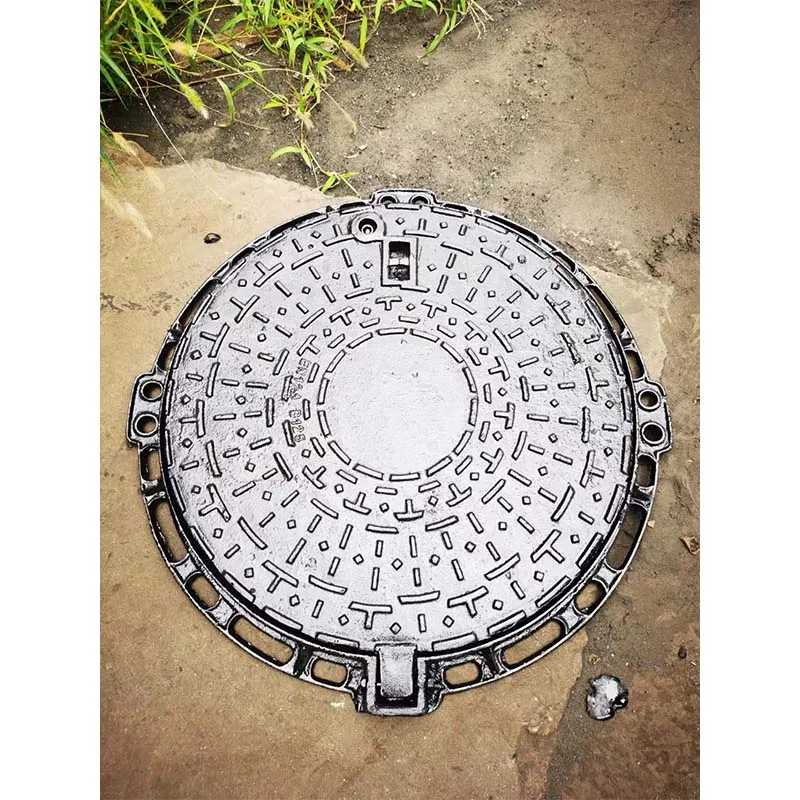lighted bollards
The Evolution and Importance of Lighted Bollards in Urban Design
In recent years, urban landscapes have transformed significantly, focusing not only on aesthetics but also on functionality and safety. One prominent feature gaining attention is the lighted bollard. These multifunctional structures serve as essential elements in urban design, enhancing pedestrian safety, guiding traffic, and contributing to the overall ambiance of an area.
What Are Lighted Bollards?
Lighted bollards are short, sturdy posts that are illuminated, typically installed along walkways, roads, and public spaces. Unlike traditional bollards, which serve primarily as physical barriers to restrict vehicle access to certain areas, lighted bollards serve a dual purpose. Not only do they provide a visual guide for pedestrians and vehicles, but they also offer illumination, enhancing visibility during the night or in poorly lit areas.
Enhancing Safety and Accessibility
One of the key benefits of lighted bollards is their substantial contribution to safety. In cities where pedestrian traffic coexists with vehicular traffic, it is crucial to ensure that walkways are well-defined and visible. Lighted bollards provide a clear indication of where pedestrians should walk, helping to prevent accidents that could occur from vehicles straying into pedestrian areas.
Additionally, the illumination provided by lighted bollards adds an extra layer of safety. Streets and walkways can become hazardous after dark, with dim lighting contributing to accidents and crime. By incorporating lighting into the design of bollards, urban planners can create safer environments for evening activities, thereby encouraging more people to use public spaces and engage in community life.
Guiding Foot Traffic and Vehicles
Lighted bollards also play a vital role in guiding traffic, both foot and vehicle. In busy urban centers, it can be challenging to direct people, particularly tourists, to specific attractions or amenities. Strategically placed lighted bollards can serve as effective wayfinding tools, signaling the direction to restaurants, shops, parks, and other points of interest.
lighted bollards

Moreover, these bollards can assist in managing vehicular traffic. By marking boundaries where vehicles should and should not go, lighted bollards help maintain order on the streets. This is particularly useful in areas where street usage varies throughout the day, such as during peak hours or community events. The illumination facilitates visibility, allowing drivers to recognize pedestrian zones and avoid potential conflicts.
Aesthetic Appeal and Urban Identity
In addition to their practical applications, lighted bollards can significantly enhance the aesthetic appeal of urban spaces. Available in various styles, materials, and colors, designers can customize bollards to complement the architectural identity of a neighborhood. Modern cities are increasingly recognition of the importance of design in urban spaces, aiming to create inviting environments that reflect local culture and history.
Using lighted bollards as design elements not only beautifies the area but can also contribute to a unified street scheme, fostering a sense of place and community pride. A well-designed public space encourages social interaction, enhances community engagement, and improves the quality of life for residents and visitors alike.
Sustainability and Innovation
With a growing emphasis on sustainability in urban planning, many cities are opting for energy-efficient lighting solutions in their lighted bollards. LED technology has become increasingly popular due to its low energy consumption and long lifespan. Integrating solar-powered options can further enhance sustainability efforts, providing illumination without drawing from the electrical grid, thus benefiting both the environment and urban budgets.
Conclusion
As cities continue to evolve, the role of lighted bollards in urban design is becoming increasingly significant. Their ability to enhance safety, guide traffic, improve aesthetic appeal, and promote sustainability positions them as essential elements in the urban landscape. As urban planners and designers seek innovative solutions to create livable and vibrant spaces, the humble lighted bollard will undoubtedly play a crucial role in shaping the cities of the future. Through thoughtful implementation and design, these resilient structures will contribute to safer, more accessible, and visually appealing urban environments for all.
-
The Smarter Choice for Pedestrian AreasNewsJun.30,2025
-
The Gold Standard in Round Drain CoversNewsJun.30,2025
-
The Gold Standard in Manhole Cover SystemsNewsJun.30,2025
-
Superior Drainage Solutions with Premium Gully GratesNewsJun.30,2025
-
Superior Drainage Solutions for Global InfrastructureNewsJun.30,2025
-
Square Manhole Solutions for Modern InfrastructureNewsJun.30,2025
-
Premium Manhole Covers for Modern InfrastructureNewsJun.30,2025
